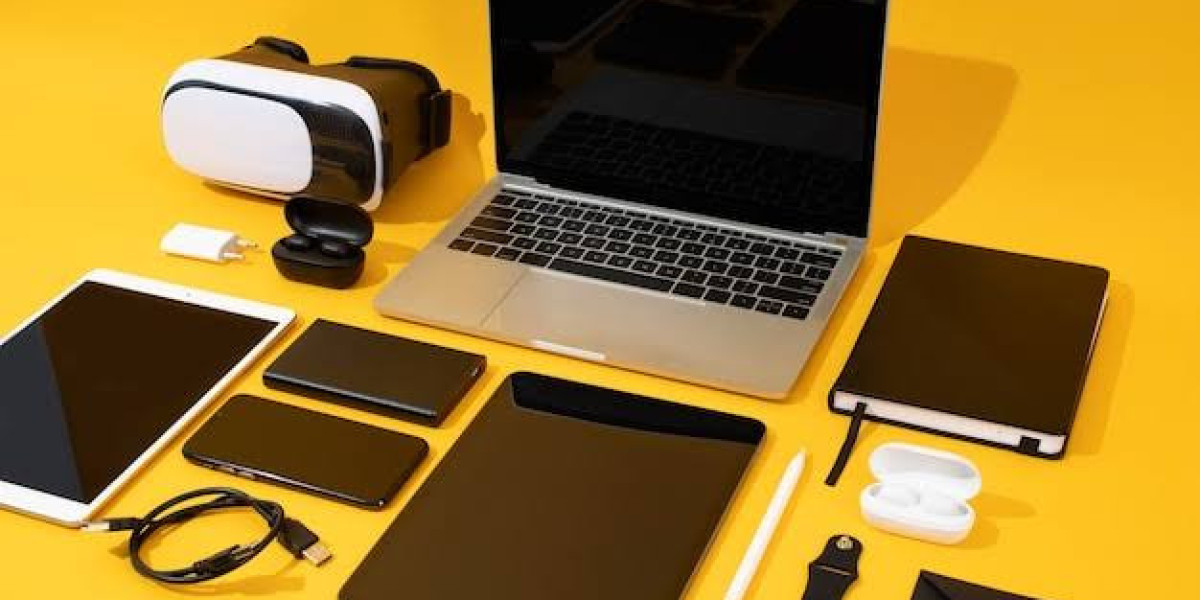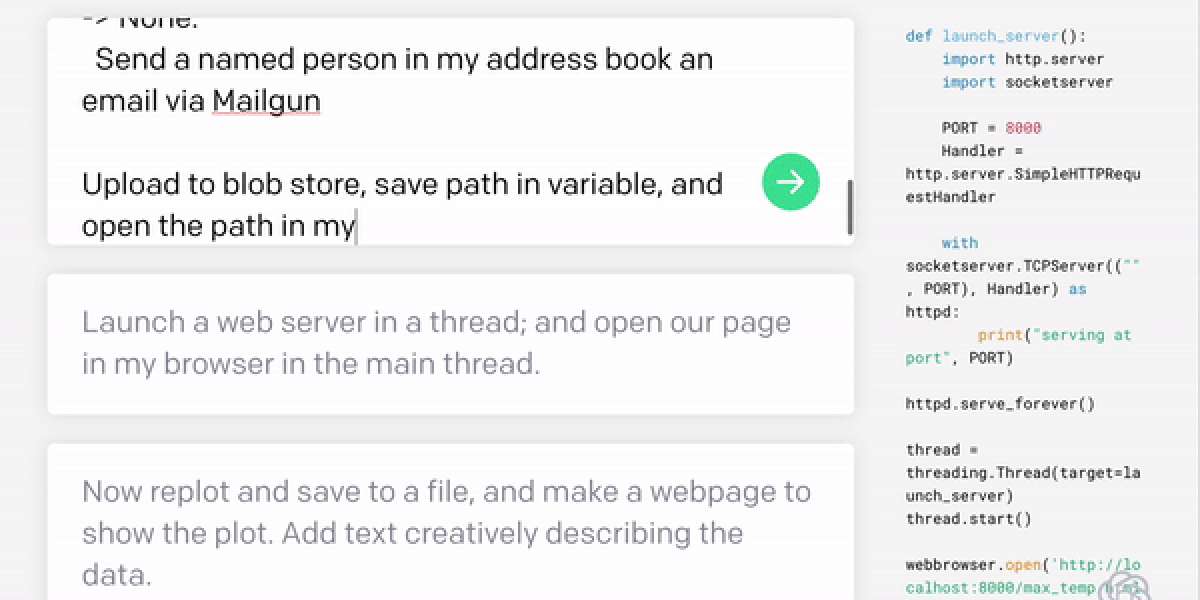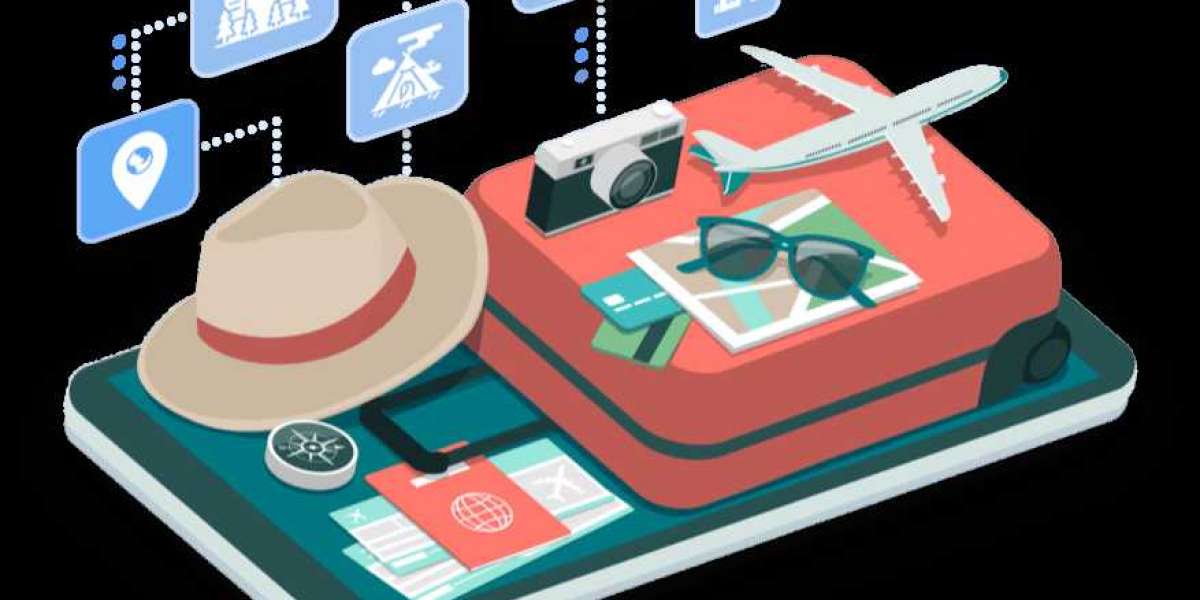In today's digital age, our smartphones have become an essential part of our lives, handling everything from communication to banking. However, this convenience comes with risks, as malicious apps like Anatsa seek to steal sensitive information, including bank details. To safeguard your personal and financial information, it's crucial to take proactive steps.
Bank-info stealing apps are designed to trick users into installing malware on their devices.
The Risk of Installing Bank-info Stealing App
The risk of bank-info stealing apps, such as Anatsa, is significant and multifaceted. Once installed, heres an in-depth look at the various dangers associated with these malicious applications:
Financial Loss
The most direct and obvious risk is financial theft. Once these apps gain access to your banking credentials, cybercriminals can withdraw funds, make unauthorized purchases, or transfer money to other accounts. This can lead to substantial financial losses, and in some cases, the funds may be irrecoverable.
Identity Theft
Malicious apps often collect a wide range of personal information, not just banking details. This can include your name, address, social security number, and other sensitive data. Cybercriminals can use this information to commit identity theft, opening new accounts, taking out loans, or conducting other fraudulent activities in your name.
Privacy Breach
Bank-info stealing apps can access more than just your financial data. They can also monitor your communications, track your location, and harvest other personal information stored on your device. This invasion of privacy can lead to further security issues and personal discomfort.
Compromised Accounts
If a malicious app captures your login credentials, it can compromise multiple accounts, especially if you reuse passwords across different services. This can lead to a domino effect where attackers gain access to email, social media, and other sensitive accounts, amplifying the damage.
Reputational Damage
If cybercriminals misuse your personal information, it can cause significant reputational harm. This is particularly concerning for professionals whose careers might be affected by the public disclosure of private information or the misuse of their identities.
Stress and Anxiety
The aftermath of falling victim to a bank-info stealing app can be emotionally taxing. The process of securing your accounts, disputing fraudulent transactions, and restoring your financial stability can be stressful and time-consuming. This can affect your mental health and overall well-being.
Legal and Recovery Costs
Victims of financial fraud often face legal and recovery costs. This can include hiring professionals to help recover stolen funds, legal fees for disputing fraudulent activities, and costs associated with monitoring credit reports and securing accounts.
Future Vulnerability
Once your information has been compromised, it may be sold on the dark web, making you a target for future attacks. Cybercriminals often use stolen data to craft more sophisticated phishing schemes, increasing the likelihood of falling victim again.
System Integrity
Malicious apps can compromise the integrity of your devices operating system, making it more susceptible to other forms of malware. This can lead to a cycle of continuous security threats, requiring significant effort to secure and clean your device.
How to Protect yourself from Mobile Phone Malware
Given these risks, it's crucial to adopt preventive measures. Heres how you can avoid falling victim to such threats:
1. Be Cautious of Downloads
One of the most effective ways to protect your device is to be selective about where you download apps. Stick to trusted sources like the App Store for iOS devices and Google Play for Android devices. These platforms have security measures in place to detect and remove malicious apps.
2. Read Reviews and Ratings
Before installing an app, take a moment to read its ratings and reviews. These can provide valuable insights into the app's reliability and safety. If an app has poor reviews or numerous complaints about suspicious behavior, it's best to avoid it.
3. Verify Permissions
When installing a new app, pay attention to the permissions it requests. An app that asks for permissions unrelated to its functionality (e.g., a game requesting access to your contacts or SMS) should raise red flags. Only grant permissions that are necessary for the apps operation.
4. Keep Software Up-to-Date
Regularly updating your operating system and apps is essential for security. Updates often include patches for vulnerabilities that could be exploited by malware like Anatsa. Set your device to automatically update to ensure you don't miss critical security updates.
5. Use Antivirus Software
Installing antivirus software provides an additional layer of protection. These programs can detect and remove malicious apps before they cause harm. Ensure your antivirus software is always up-to-date to defend against the latest threats.
6. Avoid Suspicious Links
Be wary of clicking on links from unknown or untrusted sources. Cybercriminals often use phishing tactics to trick users into downloading malware. Similarly, avoid opening email attachments from unfamiliar senders, as they might contain malicious software.
7. Use Strong Passwords
Creating strong, unique passwords for all your accounts is a fundamental security practice. A strong password typically includes a mix of letters, numbers, and special characters. Avoid using easily guessable information like birthdays or common words.
8. Enable Two-Factor Authentication (2FA)
Two-factor authentication adds an extra layer of security by requiring a second form of verification in addition to your password. This could be a code sent to your phone or a fingerprint scan. Enabling 2FA makes it significantly harder for attackers to gain access to your accounts.
9. Monitor Your Accounts
Regularly check your bank and credit card statements for any suspicious transactions. Early detection of unauthorized activity can prevent further damage. If you notice any unusual activity, contact your bank immediately.
10. Use a Secure Browser
Using a reputable browser with built-in security features can protect you from malicious websites and downloads. Browsers like Google Chrome and Mozilla Firefox are known for their robust security measures and regular updates.
Final Thoughts
By following these steps, you can significantly reduce the risk of installing malicious apps like Anatsa and protect your personal and financial information. Staying informed and vigilant is key to maintaining your devices security. Remember, the convenience of mobile banking and online services should not come at the cost of your security. Take proactive measures today to safeguard your digital life.








